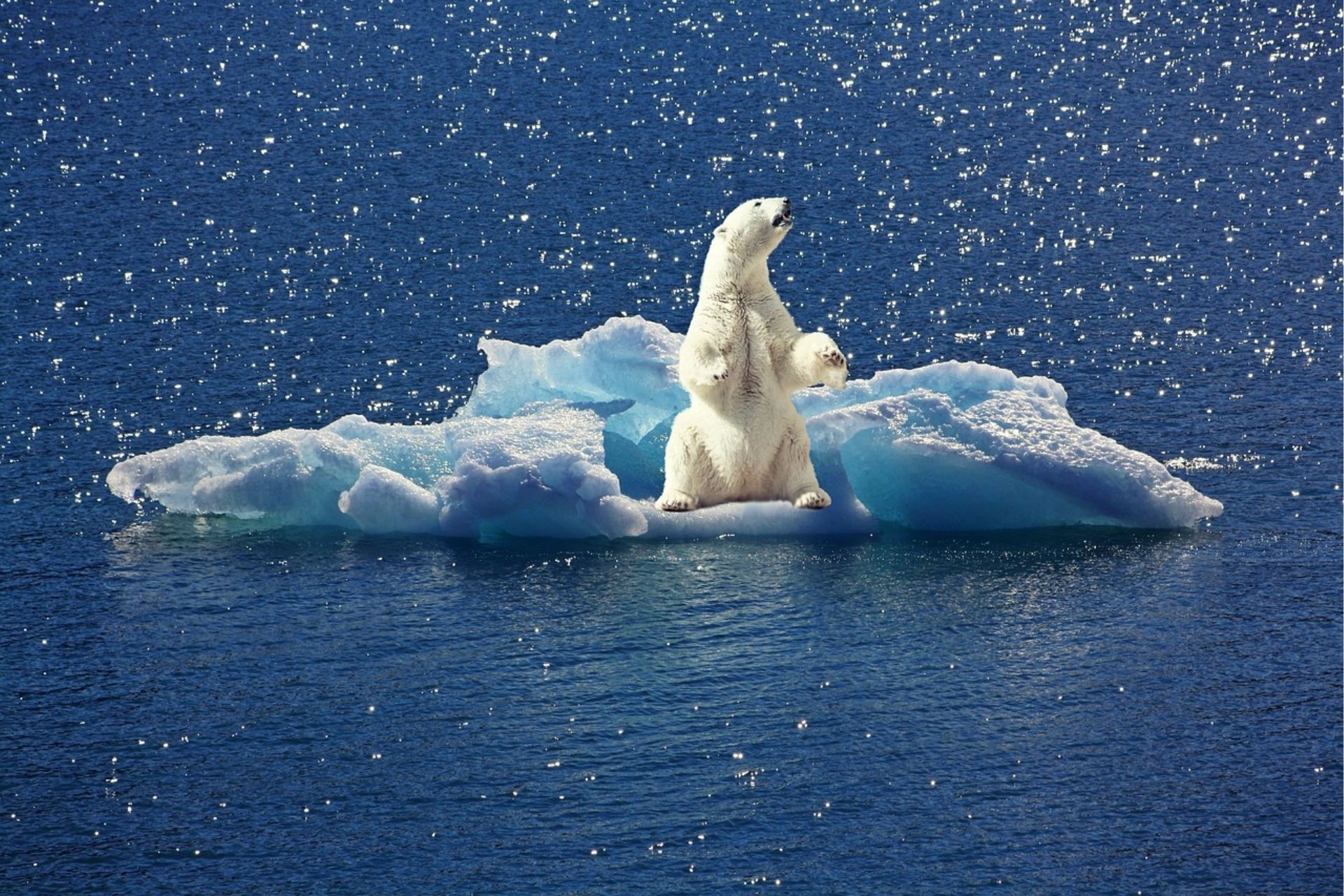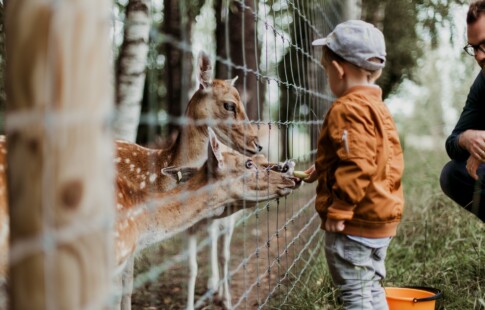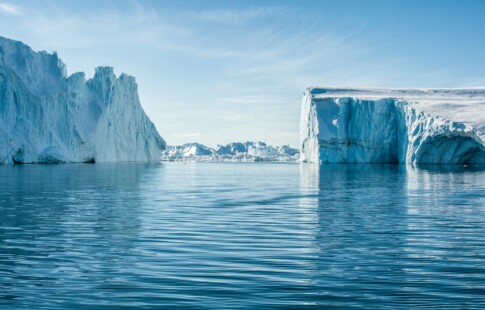
What are Umbrella Species and Why Do They Matter?
We are reader-supported. When you buy through links on our site, we may earn affiliate commission.
When exploring environmental conservation, individuals may come across the term “umbrella species.” Scientists use this term to help readers understand their effects on natural habitats. The species they choose to act as poster-child-figures for the ecological challenge.
An umbrella species that many individuals recognize is the polar bear. Environmentalists use the animal to display humanity’s impact on the arctic ecosystem. Without the polar bear, few individuals may understand the severity of global climate change.
Why Single Out One Species?
Using one species to represent a regional conservation challenge helps individuals effectively understand the issue. The scientific understanding of an ecosystem can limit someone’s interest in the topic, decreasing their likelihood of taking action. Ecosystems consist of various working parts working to create a perfect place and time for holistic and supportive development.
Instead of highlighting changes in arctic biogeochemical cycles, scientists believe it is more effective to put a face to the name. Umbrella species also cater to all learning levels and abilities. An elementary-level child may not understand the enhanced greenhouse effect, and they may identify Siberian Tigers experiencing hunger as bad.
Umbrella species create an emotional appeal, producing a sense of urgency. They evoke feelings within an individual, helping them relate to the animal’s struggles. The species also have more significant effects on their regions and ecosystems, making their existence of great importance.
What is the Umbrella Effect?
The umbrella effect refers to the ripple of environmental degradation experienced by other species in the ecosystem. As the polar bear population dwindles, the diversity of arctic seals increases. Polar bears rely on seals for food, and without their major predator, seals can branch out and reproduce with different communities.
As specific seal populations expand, it then affects their food source. Fish species deplete as seals feed without interference. The cycle continues, impacting various animals along the food chain.
Endangered Species vs Umbrella Species
The difference between endangered and umbrella species is their effects on the ecosystem. An umbrella species indirectly causes a portion of ecological degradation. Endangered animals experience the adverse effects of ecosystem alterations and face fatal limitations.
Endangered species risk extinction from habitat loss, increased predators, decreased protection, food scarcity and more. Humans can alter their lifestyles to promote conservation and protect all species within an ecosystem.
How Can We Engage in Environmental Conservation?
Ecosystem degradation stems from the enhanced greenhouse effect. When humans release pollutants into the air, they alter the atmosphere’s natural composition. Earth relies on the composition to achieve life-sustaining temperatures on the surface.
Without the presence of pollutants, the planet collects solar radiation, creates heat, warms its surface, reabsorbs unnecessary energy and sends it to space. Greenhouse gas emissions overproduce heat in the atmosphere, interfering with the process. They also contain excess heat in the environment for extended periods, raising Earth’s temperature over time.
As the global temperature increases, ice melts, sea levels rise, the evaporation rate rises, habitats dissipate, food becomes scarce and more. We can prevent the adverse effects associated with climate change by shrinking our carbon footprints. Nearly 60% of America’s power supply comes from emission-producing fossil fuels.
We can reduce energy-related emissions by adopting renewable power sources. Solar and wind power create zero greenhouse gases while producing electricity. They also utilize non-depletable resources, increasing the longevity of the system.
Another driver of climate change is the transportation sector. It accounts for nearly 29% of the country’s total greenhouse gas emissions. Environmental engineers and scientists developed vehicles with zero tailpipe emissions, helping increase the sustainability of the industry.
When we reduce our emissions, we can conserve the global ecosystem and all the species within it. It is also essential to broaden society’s understanding of their effect on conservation. Professionals can improve awareness in schools by finding effective teaching methods.
Teaching Little One’s About Conservation
The education system can adopt specific courses that teach kids the importance of environmental conservation. In elementary schools, classes can adopt an endangered polar bear or tiger, helping them track their progress. They can learn ways to reduce their environmental effects, helping protect their animals.
Professionals can also take the opportunity to teach children about recycling and composting. Both pollution reduction methods decrease greenhouse gas emissions and protect natural habitats. In turn, kids can teach their parents about environmental conservation methods, expanding society’s general knowledge.
Taking the Initiative
Individuals can do their part in protecting various species and the global ecosystem by shrinking their carbon footprints. They may start by calculating the size of their footprints and evaluating what part of their lifestyles has the most significant ecological impact. After assessing their challenges, they can engage in emission-limiting activities, like adopting a flexitarian diet or using alternate forms of transportation.
Share on
Like what you read? Join other Environment.co readers!
Get the latest updates on our planet by subscribing to the Environment.co newsletter!
About the author
Jane Marsh
Starting from an early age, Jane Marsh loved all animals and became a budding environmentalist. Now, Jane works as the Editor-in-Chief of Environment.co where she covers topics related to climate policy, renewable energy, the food industry, and more.





